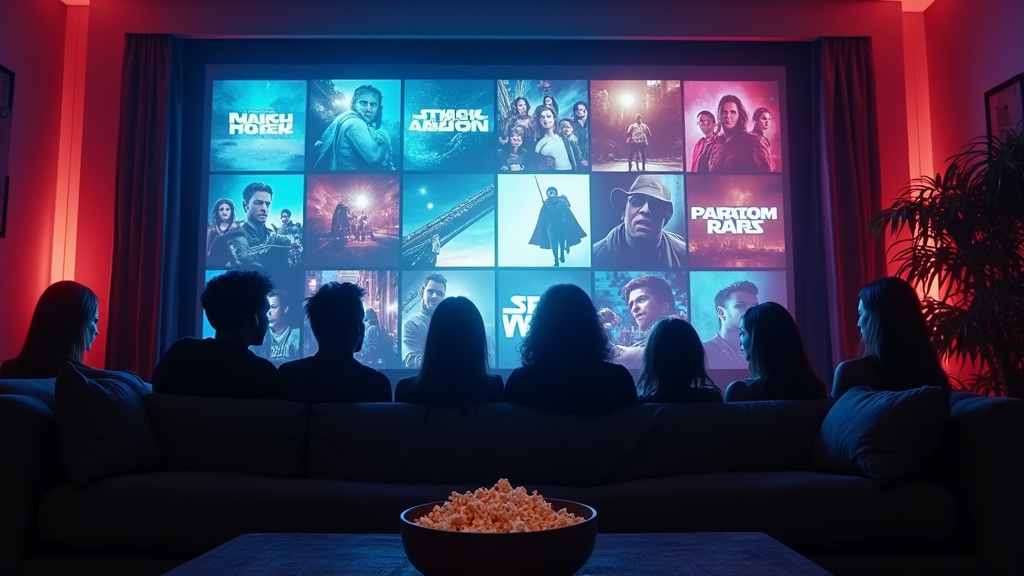REDMOND, WA – A ubiquitous, often dreaded symbol of technological frustration for decades, Microsoft’s iconic “blue screen of death” is officially being phased out. The company is set to replace the notorious error display with a new black-colored screen as part of a significant update to its Windows 11 operating system, beginning this summer with version 24H2.
The move represents more than just a cosmetic change. It is part of a broader effort by Microsoft to streamline how users interact with Windows 11 during unexpected system failures. Company representatives indicate that the updated interface is also expected to coincide with significant performance improvements, notably promising to cut reboot times to approximately two seconds for most users following a crash.
A Legacy of System Failure
The blue screen error has a long and storied history within the Windows ecosystem, dating back to the early 1990s. It first appeared as the less dramatically named “blue screen of unhappiness” in Windows 3.1. However, the more ominous and now widely recognized term “blue screen of death” became synonymous with critical system failure upon its introduction on Windows NT in 1993.
For generations of computer users, encountering the blue screen with its cryptic error codes and white text was a clear, often unsettling, signal that something had gone fundamentally wrong with their system, necessitating a restart and, frequently, troubleshooting.
Ushering in a New Era of Error Reporting
The transition to a black screen is not entirely unprecedented. A black version of the error screen was quietly introduced in Windows 11 in 2021, initially appearing in certain contexts. However, this latest update, tied to the 24H2 release, aims for a more polished, consistent, and user-friendly experience across all critical system failures.
The updated interface is designed to be less intimidating and more informative. It will feature simplified messaging, aiming to provide users with clearer guidance on what went wrong and how to proceed, rather than overwhelming them with technical jargon and codes. The refined design is intended to integrate more seamlessly with the overall aesthetic of Windows 11.
Performance and User Experience at the Forefront
The strategic decision to revamp the error screen is intrinsically linked to performance enhancements. Microsoft highlights that the underlying changes enabling this new error reporting mechanism are expected to contribute to faster recovery times. The projected reduction in reboot times to approximately two seconds for the majority of users is a key metric in the company’s drive to make Windows 11 more stable and resilient.
Minimizing the disruption caused by system crashes has been a long-standing goal, and this update signifies a substantial step towards achieving that objective. The quicker users can get their systems back up and running after an unexpected shutdown, the less impact these incidents have on productivity and the overall user experience.
Recent Events Underpinning the Change
The retirement of the traditional blue screen comes into sharp focus following a recent, high-profile technology incident. In July 2024, the blue screen error gained renewed notoriety following a major outage linked to CrowdStrike software updates. This incident caused widespread system crashes across numerous organizations globally, bringing the once-common error display back into public consciousness and highlighting the critical need for robust system recovery mechanisms.
While the timing is coincidental, the widespread disruption caused by the CrowdStrike-related crashes underscores the importance of the changes Microsoft is implementing – aiming for faster, more streamlined recovery and a less jarring user experience during system failures.
Conclusion
The phasing out of the “blue screen of death” marks the end of an era for millions of Windows users. While its sudden appearance often signaled frustration, it was also a definitive, albeit unwelcome, part of the Windows experience for nearly three decades. The introduction of the new black screen, coupled with simplified messaging and significant performance improvements like dramatically reduced reboot times, signals Microsoft’s commitment to enhancing the stability and usability of Windows 11.
As Windows 11 version 24H2 rolls out this summer, users will witness the visual departure from the blue screen, transitioning to a darker, hopefully less frequent, indication of system anomalies. This change, rooted in both aesthetic refinement and crucial performance enhancements, represents a notable evolution in how Windows communicates critical issues to its users.










